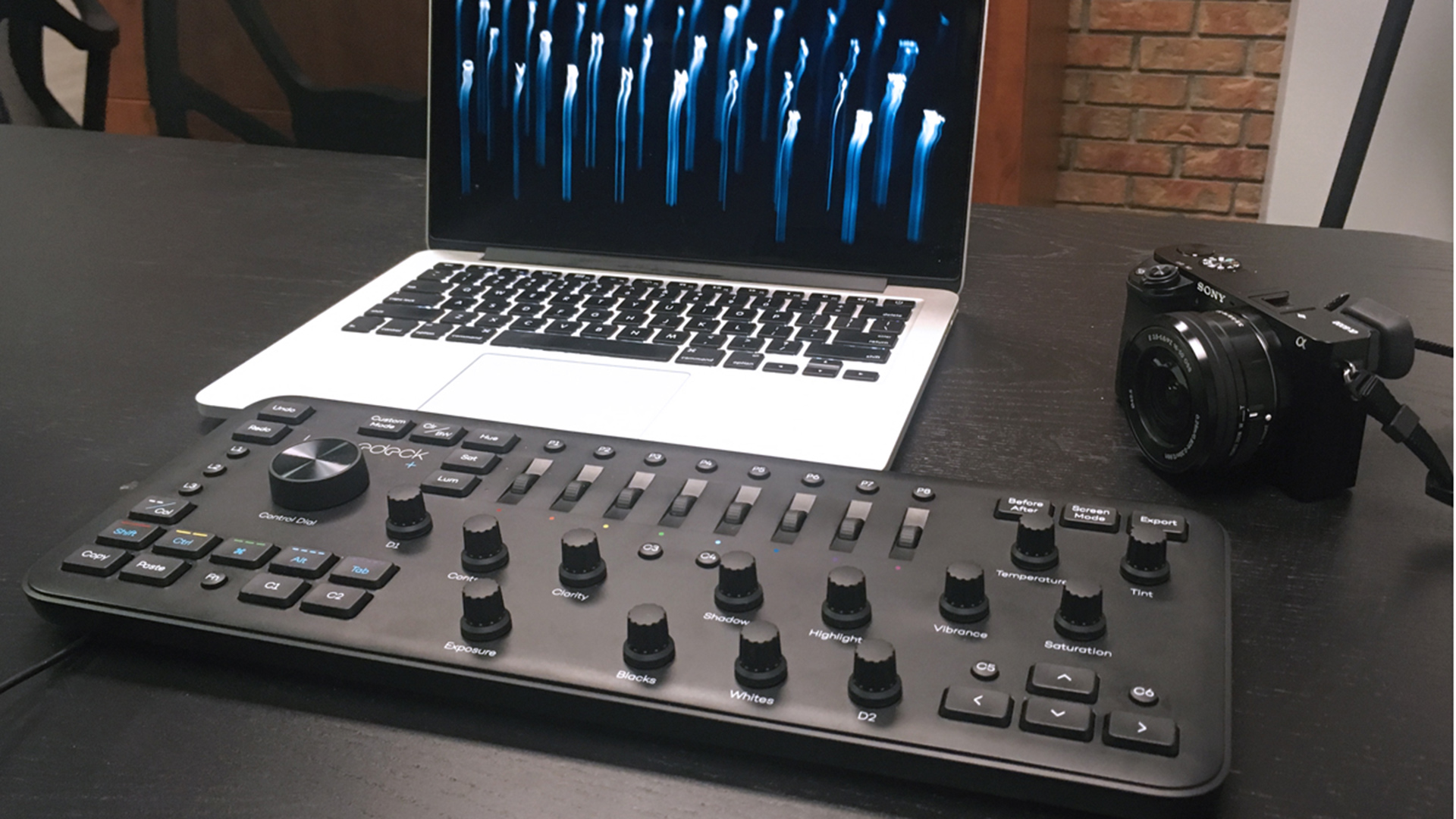
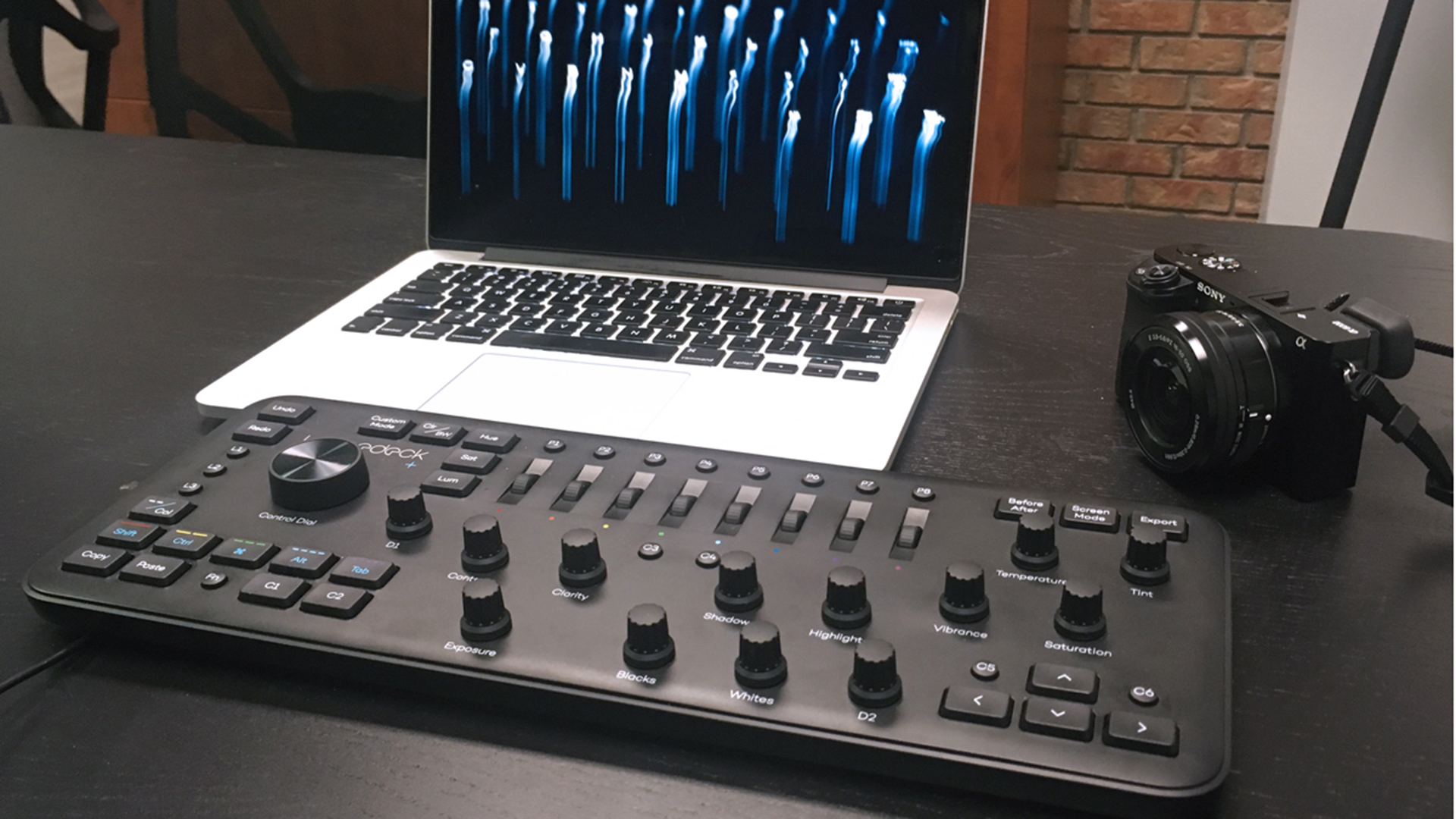
What started as an Indiegogo campaign in 2016 has slow-burned into a full-featured editing accessory. Is Loupedeck worth the price of admission?
The Hardware
The design of the Loupedeck controller is very pleasing and slick. The width is very similar to that of a standard keyboard and sits on your desk nicely. In my current configuration, it is really comfortable to drive a Wacom tablet with my right hand while using the Loupedeck with my left. The controller has a unique layout which makes controls easily identifiable by groping aimlessly across the device.
The console itself is made of plastic, with plastic knobs and dials. The USB cable is not detachable which makes the product inherently more difficult to repair and maintain. The packaging is very nice, as well as the branding and delivery of the product. The keys and knobs make a satisfying *click* which is reaffirming when working without looking at the board.
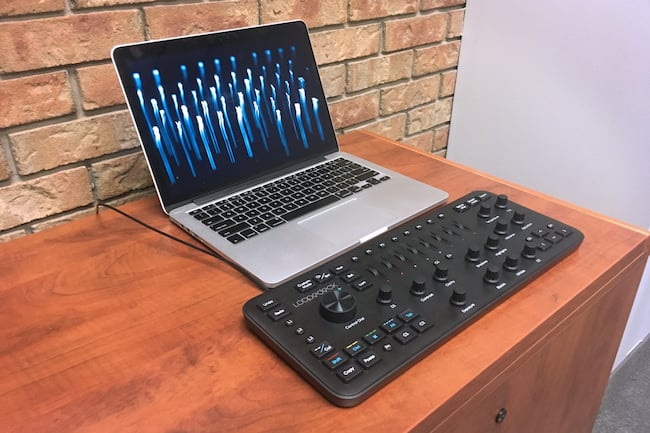
The Platform
I have always looked at my musician and audio post production colleagues with a bit of envy. While there have been attempts at standardising hardware interfaces in the video world, nothing on the market quite compares to the ubiquity of the MIDI or Mackie protocols. Support for the Loupedeck platform has to be built from the ground up which could be why expanded software support has been such a slow burn.
In Use
I’m surprised how much I enjoy using Loupedeck for editing photographs. For instance, in Adobe Photoshop, Loupedeck is compatible with the Camera Raw filter. I find that, since I’ve started using this hardware, I now use the Camera Raw filter as my goto for all image adjustments, rather than using the standard adjustment layers for each parameter. Being able to adjust highlights, shadows and hue offsets quickly and without a mouse makes the process more fun overall. There is full HSL support with dedicated hue offsets on the panel. Twirling the green hue dial will, for instance, shift grassy hills to be more tobacco yellow or lusher deep green. I find myself thinking about the adjustments more so than the process. Lightroom Classic is a breeze. I can tuck away the keyboard and mouse and adjust almost everything with just the Loupedeck and it’s a heck of a lot of fun.
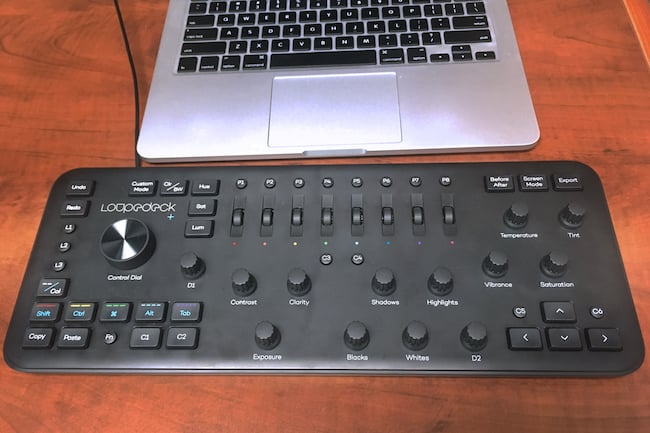
In Premiere, things get a little clunky. The console supports a lot of navigation tasks and well. Zipping around the timeline and scaling windows can be done with ease. Using the colour corrector, however, is not a terribly intuitive process. I didn’t get very far without having to read the manual. My assumption is that the hue ranges on the physical console would be tied to secondary curve controls like hue vs hue or hue vs sat. However, this is not the case. The Hue, Sat, and Lum physical toggles are tied to Lift, Gamma, Gain. Colour correction is achieved by sliding the hues red, orange, and yellow which are inexplicably mapped to x-coordinates, y-coordinates, and luminance. Therefore, there is no way to know what range of colour adjustments you are making without staring at the GUI panel on the screen. If I wanted to stare at a panel, I very well could just use a mouse.
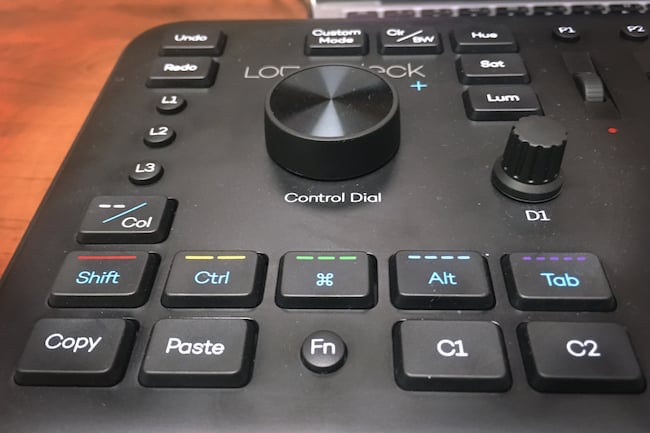
I was pleasantly surprised when I launched Final Cut Pro X; the integration feels much tighter than that of Premiere. Timeline navigation is extremely coherent and, perhaps this is in part with little cutesy animations provided by Apple within the software, using the Loupedeck felt more intuitive. The colour tools in Final Cut are a big improvement over Premiere. RGB channels for Lift, Gamma, and Gain are mapped to knobs (as opposed to dials) which are much more enjoyable to interact with. Secondary controls like hue vs hue again, are missing, which feels like an odd omission.
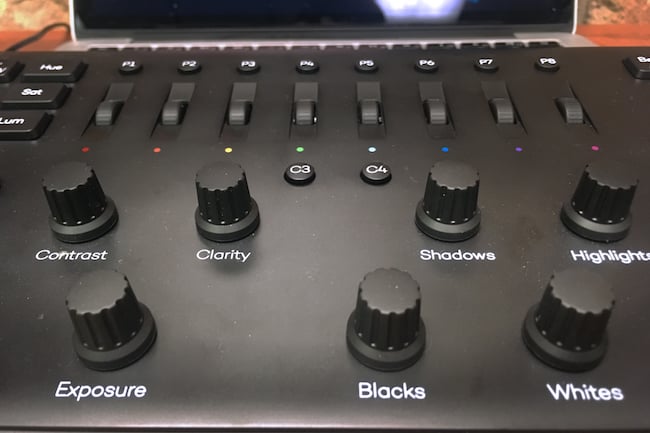
Priced at 249 USD, the Loupedeck targets the entry-level sweet spot for many creative professionals. If photography is your primary trade, then this is a piece of hardware to definitely consider. Using Lightroom and Photoshop was a breeze. The Premiere integration could use improvement. FCP X has some nice perks too and you could use this to colour correct in a pinch, but it comes short on deep level integration.
Tags: Post & VFX


Comments